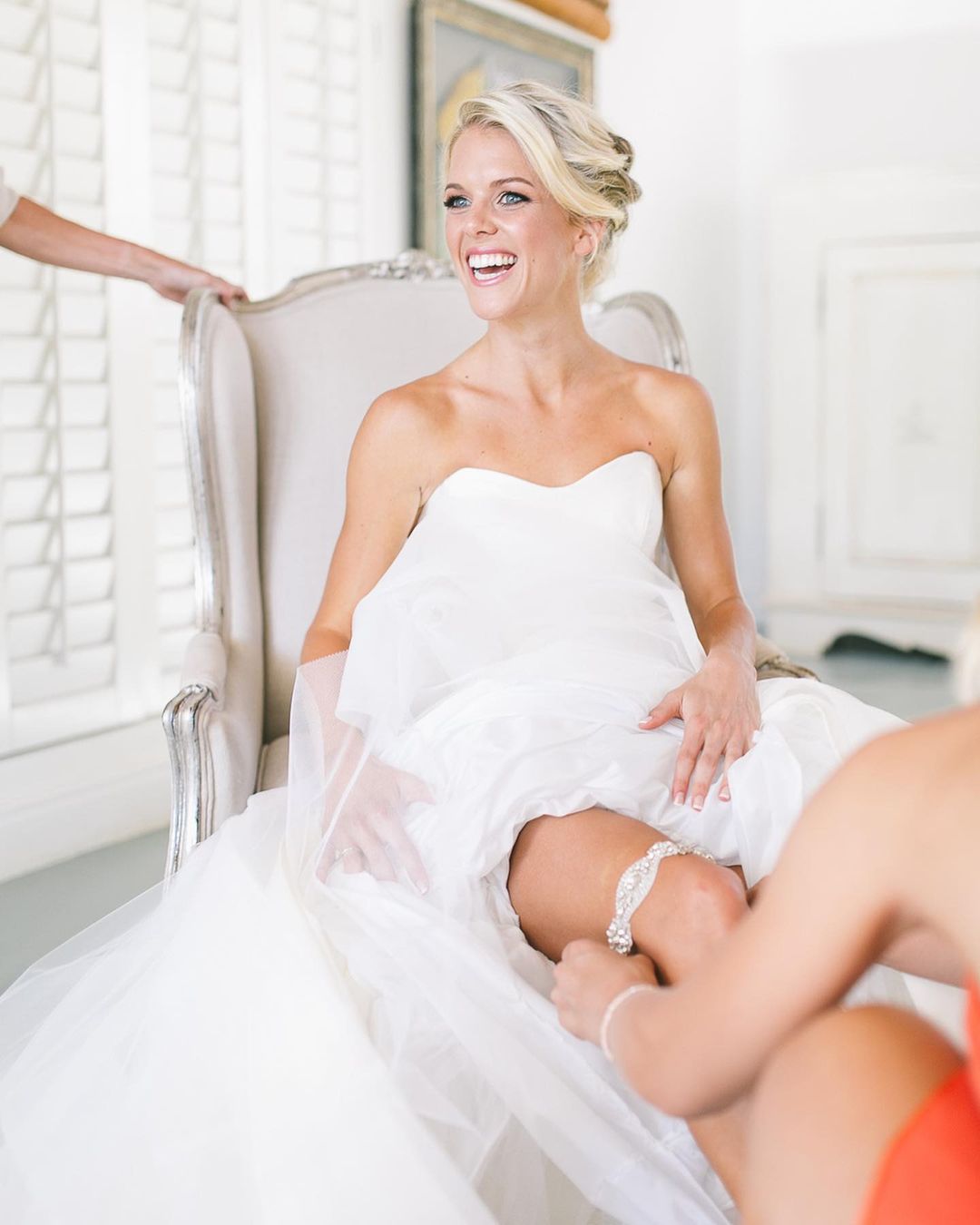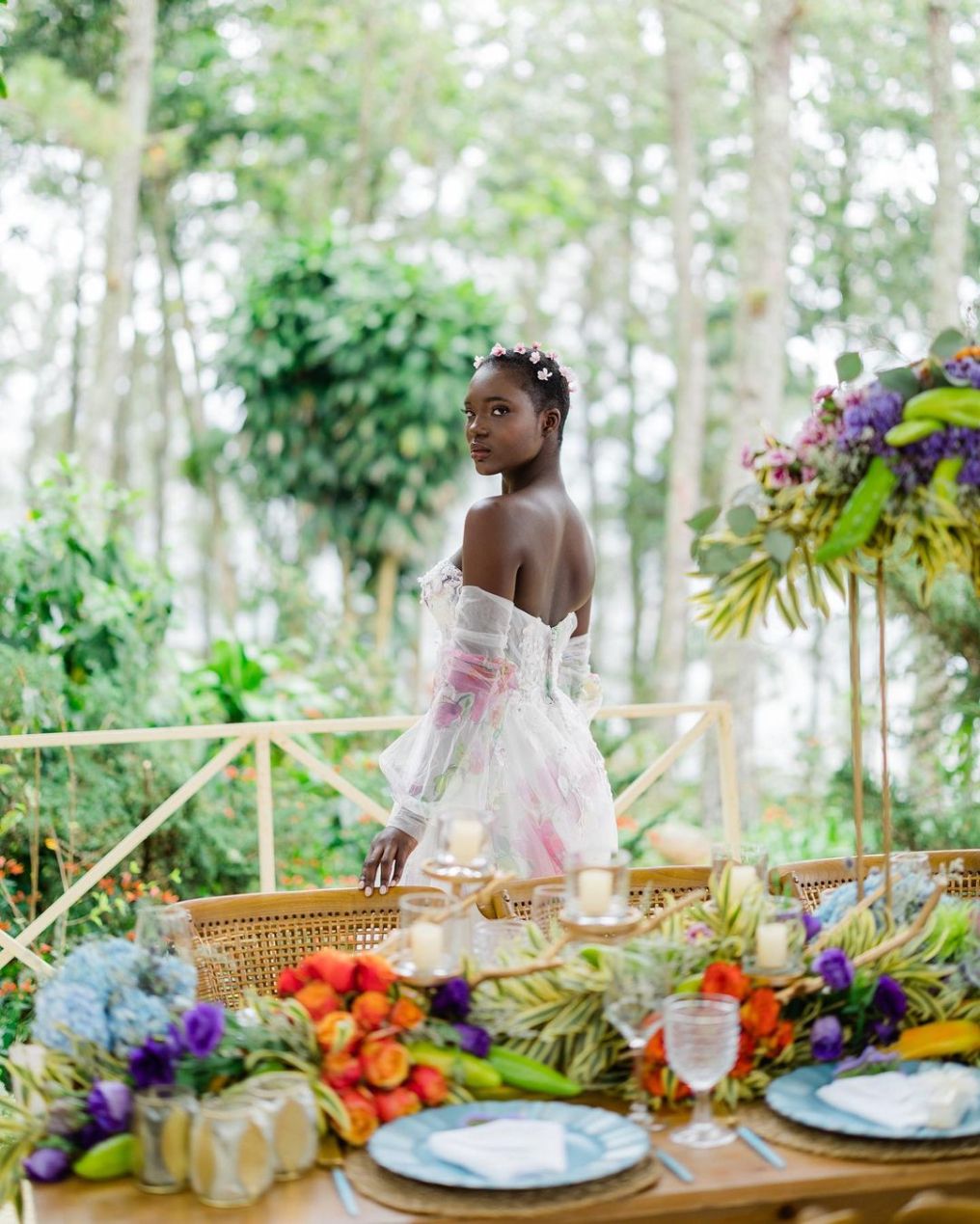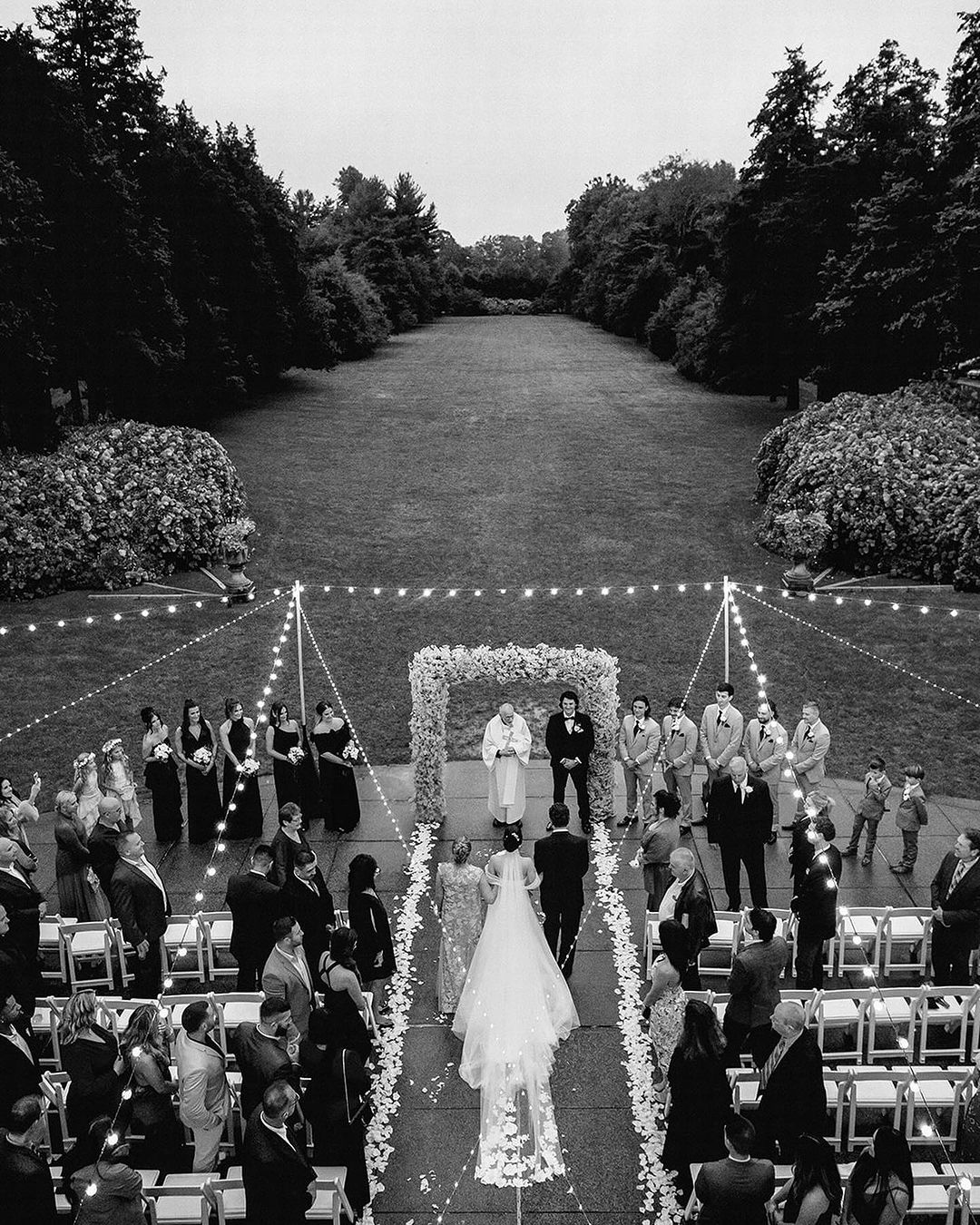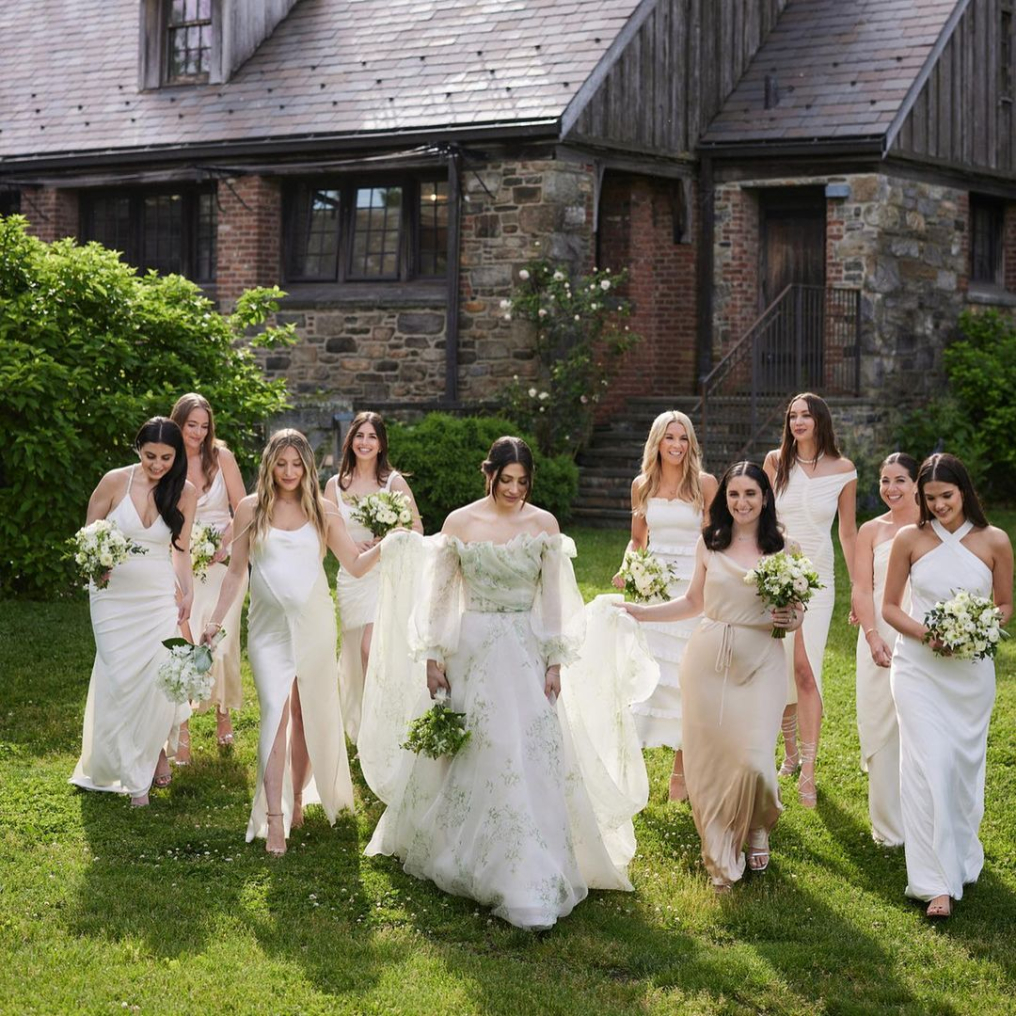A Guide to Crafting a Meaningful Non-Religious Wedding Ceremony Script
- Author: Natali Grace Levine
- Reading time: 6 min 19 sec
- Publication date: 12/24/2023
- Updated: 01/21/2025
For couples who prefer a ceremony reflective of their values yet independent of religious connotations, a non-religious wedding ceremony offers a canvas to paint their love story in their own hues. This guide is tailored to help such couples craft a ceremony that resonates with their unique bond, without the traditional religious elements, ensuring their big day is as special and personal as their journey together.

How to Create a Non-Religious Wedding Ceremony Outline
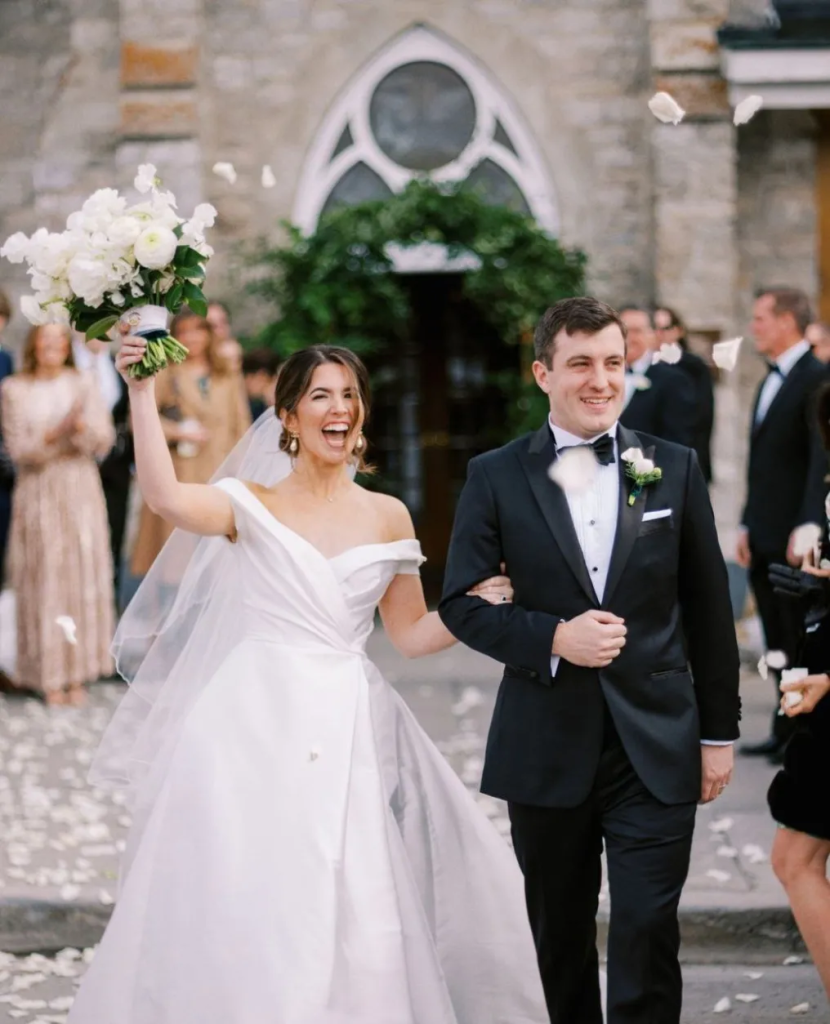
Embarking on the journey to create a non-religious wedding ceremony script can be as thrilling as it is daunting. Think of it as composing a symphony, where each note contributes to a harmonious melody that tells your unique love story. Our guide will walk you through the steps of building this melody, from selecting the right tone to weaving in personal anecdotes, ensuring your ceremony is a reflection of your shared values and dreams.
Step 1: Establishing the Framework
Begin by outlining the ceremony's structure. This includes the order of events such as the welcome, readings, vows, ring exchange, and closing remarks. Consider the flow of the ceremony – how each part leads into the next – to ensure a seamless experience. Decide on the length of each segment, keeping in mind the overall duration you're aiming for, typically 20-30 minutes.
Step 2: Choosing Meaningful Readings and Music
Select readings that speak to your values and relationship. These could be secular readings, love poems, or even excerpts from novels that have significance to you both. For music, choose songs that have been important in your relationship. Think about instrumental music for the processional and recessional, and perhaps a special song for a moment of reflection.
Step 3: Writing Personal Vows
Your vows are the heart of your ceremony. Take time to reflect on your relationship and what you promise to each other. Your vows can include stories, shared memories, and specific promises. They should be sincere and speak to the depth of your relationship. Remember, these words will be a cornerstone of your marriage.
Step 4: Incorporating Unique Rituals
Adding a ritual can be a memorable way to symbolize your union. This could be a sand ceremony to represent the blending of your lives, a handfasting ceremony to symbolize your bond, or lighting a unity candle together. Choose something that feels authentic to your relationship and adds depth to your ceremony.
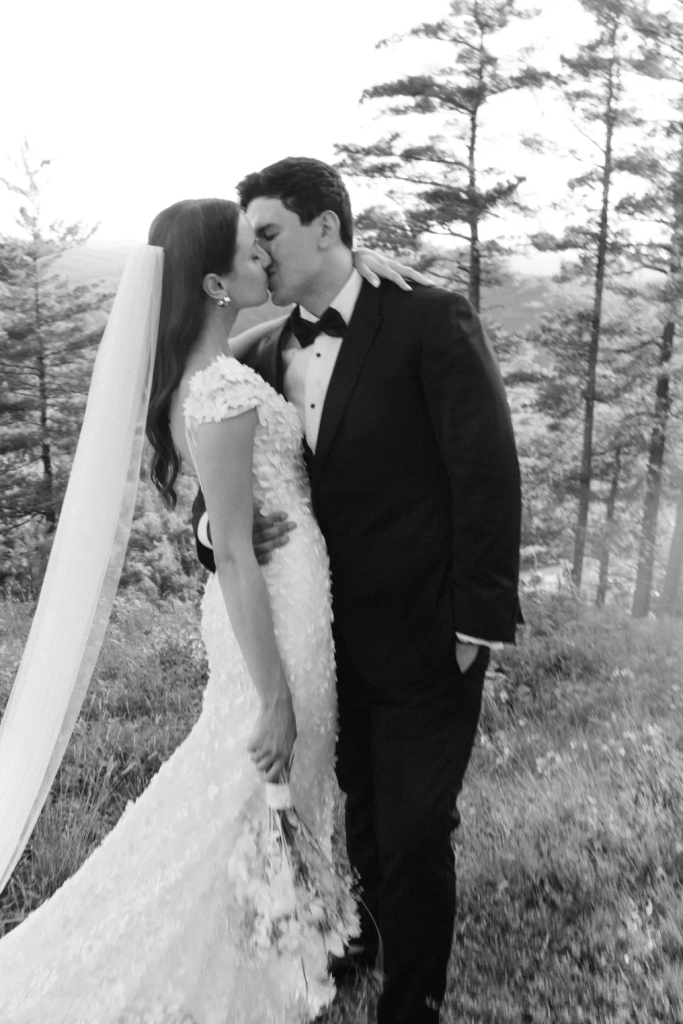
Step 5: Acknowledging Important Relationships
Use this part of the ceremony to thank and acknowledge those who have supported your journey. This could be a moment to honor parents, remember loved ones who have passed, or even include your guests in a communal gesture of support.
Step 6: Crafting Closing Remarks
Your closing remarks should circle back to the essence of your relationship and the commitment you've just made. Reflect on the significance of the vows and the journey ahead. You can include a final thought or quote that encapsulates your feelings about marriage and your partner.
Step 7: Finalizing the Pronouncement
The pronouncement is the formal declaration of your marriage. It's usually made by the officiant, but you can personalize it to suit your style. Following this, the kiss symbolizes your first act as a married couple.
By carefully considering each step, your non-religious wedding ceremony script will not only be a reflection of your personal values but also an unforgettable celebration of your love.
Secular Wedding Ceremony Script
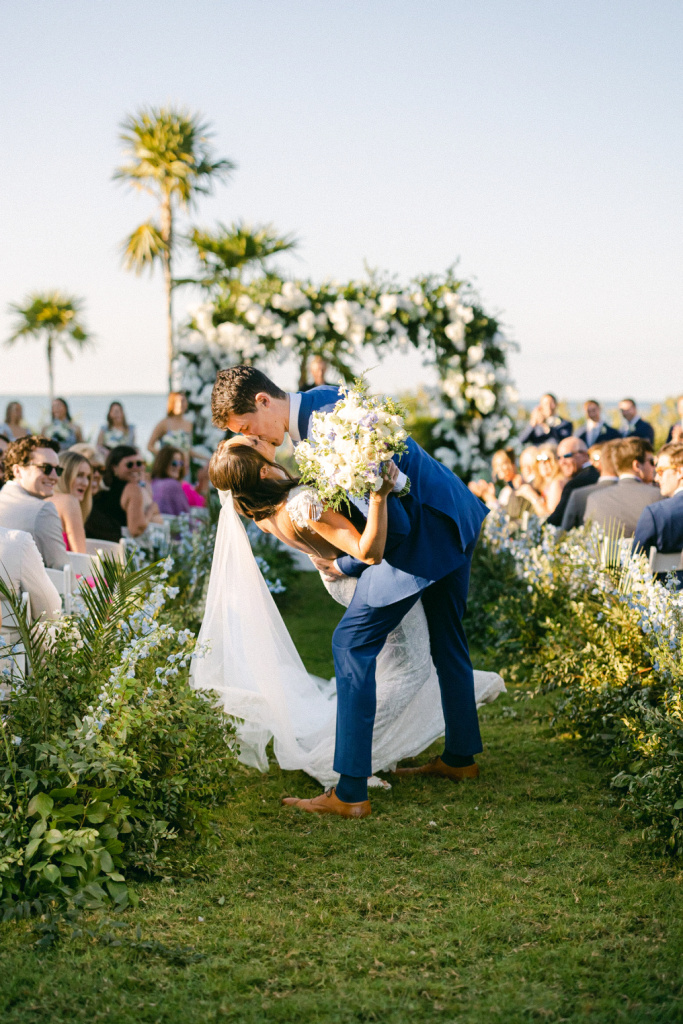
A secular wedding ceremony script is a beautifully blank slate that allows each couple to express their unique love story. This guide provides a comprehensive script, illustrating how every part can be tailored to reflect the couple's personalities and values.
Welcome and Introduction
"Friends and family, we are gathered here today to celebrate a momentous occasion – the union of [Partner 1] and [Partner 2]. This ceremony is a joyful recognition of the journey they have embarked upon together. It’s a journey marked not by milestones of tradition but by the unique path they have chosen to tread together. Let us embrace the warmth of this moment and revel in the love that brings us together."
Acknowledgment of Family and Friends
"We also acknowledge those who have played a significant role in [Partner 1] and [Partner 2]'s lives. Your love and support have helped shape them into the individuals they are today. To the parents, families, and friends present here, your guidance and affection have been invaluable. We thank you for nurturing this love and for joining us in celebrating it today."
Reading or Poem
"Let us now enjoy a reading that holds special meaning to our couple. [Selected reading or poem]. This piece was chosen because it echoes their beliefs, hopes, and dreams. It's a reminder of the enduring power of love and the strength it provides."
Personal Vows
"The heart of this ceremony lies in the vows that [Partner 1] and [Partner 2] will now share. These vows are not just mere words, but powerful promises and a testament to their commitment. [Partner 1], please share your vows. [Partner 2], it’s now your turn to share your vows. These vows, spoken from the heart, forge a bond that is deep and eternal."

Ring Exchange
"As a symbol of the vows they have just shared, [Partner 1] and [Partner 2] will now exchange rings. These rings are not just circles of metal but symbols of infinity, without beginning or end. They are an outward sign of an inward and enduring commitment."
Unity Ceremony
"[Optional unity ceremony, such as sand mixing, candle lighting, or other symbolic act]. This ceremony represents the union of two separate journeys, merging into a single path. It symbolizes the strength and beauty that comes from combining their lives."
Closing Remarks and Pronouncement
"As we bring this ceremony to a close, let us take a moment to reflect on the love and commitment we have witnessed today. [Partner 1] and [Partner 2], you have expressed your love through your vows and the exchange of rings. By the power vested in me, and with great joy, I pronounce you married. You may now seal your marriage with a kiss."
Final Blessing or Wish
"May your journey ahead be filled with love, laughter, and endless memories. May you face challenges together and grow stronger. May your love deepen and flourish, and may you always find in each other companionship, laughter, and love. Congratulations, [Partner 1] and [Partner 2]! Let us all applaud their union!"
This secular wedding ceremony script offers a comprehensive and customizable framework that can be tailored to each couple's unique story. It provides a meaningful, inclusive, and heartfelt template that couples can use as a foundation to create a ceremony that truly reflects their individual journey and shared values.

Non-Denominational Wedding Ceremony FAQs
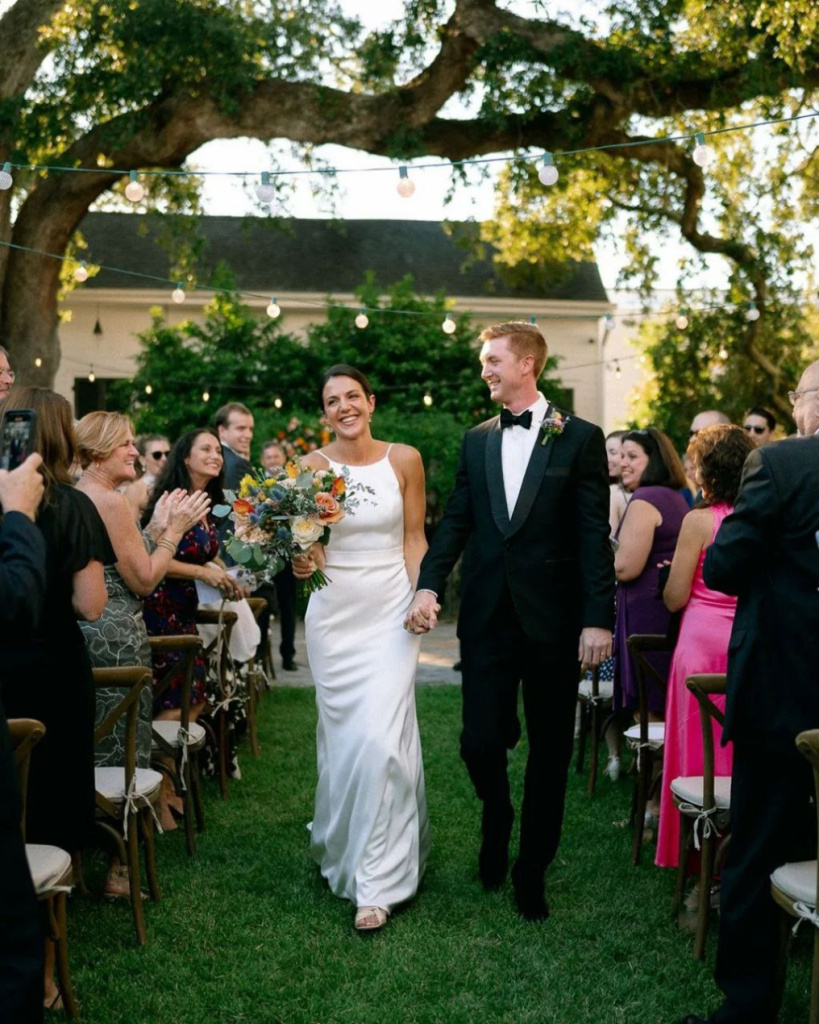
Navigating the planning of a non-religious wedding script can raise several questions. Here, we delve into the most common inquiries, providing comprehensive answers to guide couples through their non-denominational ceremony planning.
How do we personalize our non-religious ceremony?
Personalizing a non-denominational wedding is all about incorporating elements that resonate with you as a couple. Beyond custom vows and music, think about including unique rituals like a sand ceremony to symbolize the merging of two lives or a tree-planting ceremony to signify growth and strength in your relationship. You could also incorporate readings from favorite books, movies, or even letters you’ve written to each other. The key is to choose elements that genuinely reflect your relationship and the journey you’ve embarked on together.
Can we include religious elements in a non-denominational ceremony?
Yes, you can. While a non-religious wedding script typically doesn't follow a specific religious doctrine, it's entirely up to you to include elements that have personal significance. If certain religious traditions or rituals are meaningful to you or your families, feel free to incorporate them. This could be anything from a cultural ritual to a scripture reading that resonates with you, even if you're not adhering to the religious aspect of it.
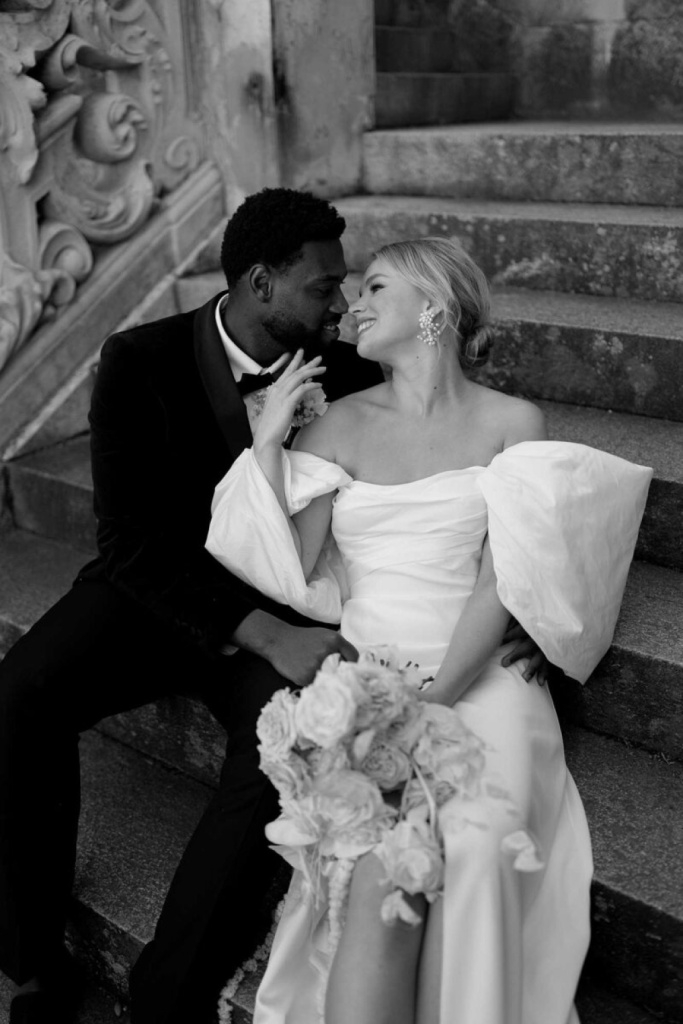
How long should our non-religious ceremony be?
The length of a non-denominational wedding can vary, but most last between 20 to 30 minutes. This provides ample time for each component – from the processional to the vows, ring exchange, and the final pronouncement – without feeling rushed. However, the duration can be adjusted based on the number of readings, performances, or additional elements you wish to include. Remember, the focus is on creating a meaningful experience, not adhering to a strict timeframe.
Who can officiate a non-denominational wedding?
In a non-denominational wedding, the officiant doesn't need to be a religious figure. Anyone legally authorized to perform weddings in your area can officiate. This could be a certified secular officiant, a judge, or even a friend or family member who obtains the necessary legal credentials. Some couples choose someone close to them for a more personalized and intimate ceremony. The most important factor is that the officiant understands and respects your vision for the ceremony.
How do we ensure our non-religious ceremony is legal?
To ensure the legality of your non-religious wedding, start by researching the marriage laws in your region. Key requirements typically include obtaining a marriage license, having witnesses, and ensuring the officiant is legally recognized to conduct the ceremony. It's crucial to apply for the marriage license within the designated timeframe and have it signed during or after the ceremony. Each region or country has specific legalities, so it's essential to familiarize yourselves with these to ensure your marriage is legally valid.










